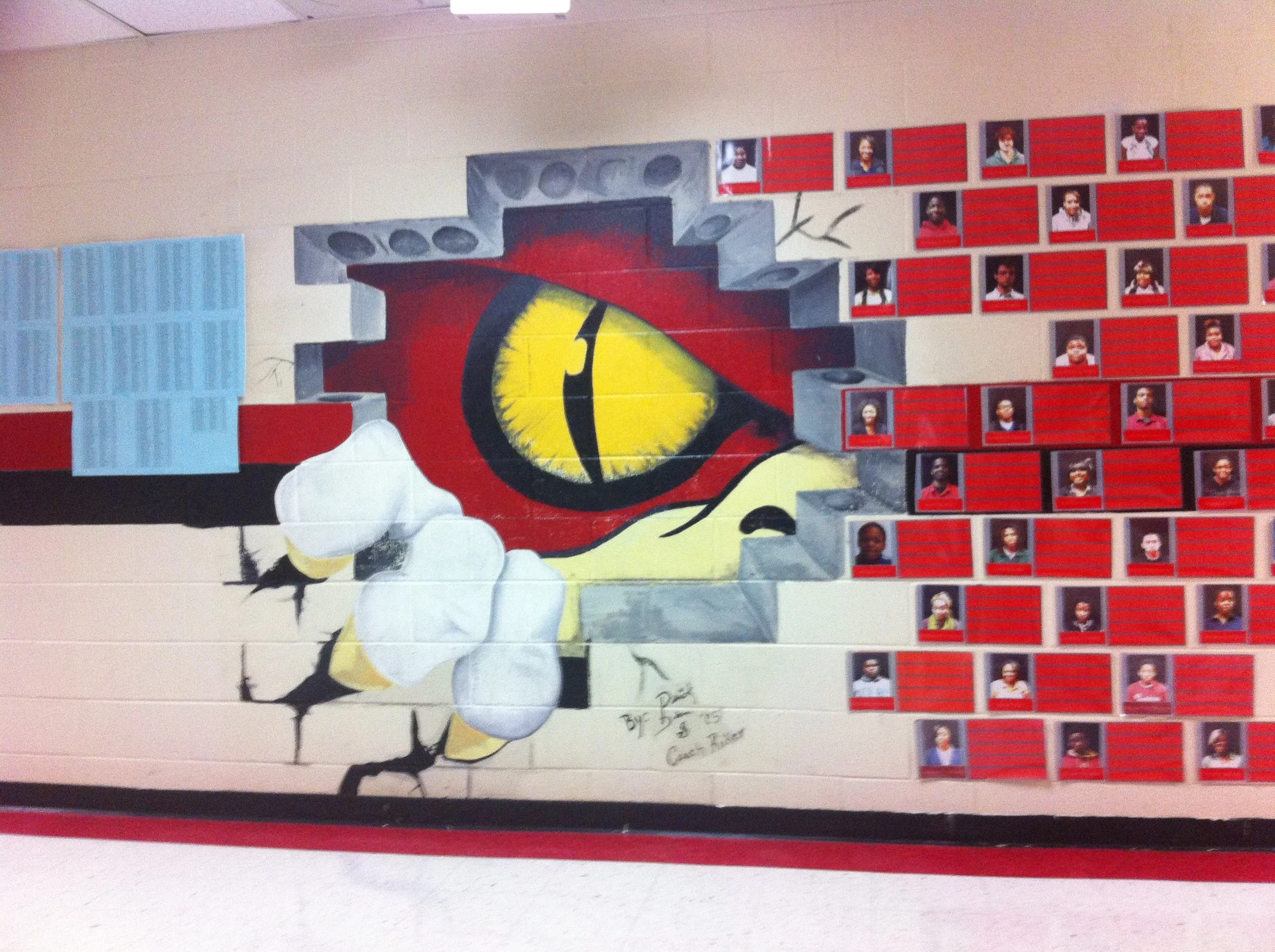New Nashville: Who is All this Newness For?
By Nicole Kemp, Youth Programs Coordinator
3 min read Our newest team member, Nicole Kemp, reflects on a blog post she wrote over 10 years ago when she first engaged with the Civic Design Center’s work. Nicole discusses how capital-driven change shouldn’t be guiding Nashville’s identity.
Almost 13 years ago, The Plan of Nashville caught my eye in line at Borders on West End (now Vanderbilt University’s bookstore). A life long lover of architecture and design, I was inspired by the possibilities the Civic Design Center outlined. I participated in community conversations about developing the fairgrounds (now home to Geodis Park) and I grew skeptical of the promise of such bold vision in a place like Nashville. Specifically, as I listened to people talk about replicating features of cities they moved from, I processed how this group of well meaning white people could know and strengthen the “unique identity” of a neighborhood they had only visited.
Mural at Pearl Cohn High School, Nicole’s Alma Mater
Like most millennials who remember being called “Generation Y,” I had a blog in the early aughts to grapple with all my big feelings where I wondered out loud if The Plan of Nashville actually encouraged or perpetuated gentrification. “Is it ‘big bad’ gentrification if the city is improved?” I asked then. In the time since, Nashville has bloomed; much of what has changed would be seen as progress or success to a lot of folks in the room in 2010. Driving through a city that’s seemingly always under construction, it’s apparent we’re in a new Nashville, but who is all this newness for?
Nicole’s grandmother at her TSU graduation
I’ve experienced first hand what we lose when we gain fancy street signs and bike lanes. I grew up hearing about how the city bisected my family’s neighborhood with an interstate in the 60’s in the name of progress. I went from seeing a classmate walk from school to his home on 28th Ave to seeing two “tall and skinnies” on the same lot where his house used to be. The house my best friend’s high school sweetheart grew up in has been replaced by an apartment building.
So many unique Nashville landmarks that were meaningful to my Nashville experience don’t exist anymore—for example, Exit/In is where I saw my first concert. Knockout Wingz was a staple during undergrad and where I convened with the youth in the programs for my first nonprofit. Both are closed, soon to be the site of something brought in from somewhere else, and they are not the only ones.
Change is not inherently bad. However, when the city seems to be meeting the needs of visitors and responding to the whims of investors to the detriment of generations of neighbors who love and built this city, it feels personal. Ideally, communities should decide whether to establish community gardens, rename streets to honor local heroes, or turn vacant lots into parks or marketplaces. Capital-driven change pushes out long-time residents in favor of new ones who often have more money to spend. This may result in some desirable amenities, but it is often at the expense of the neighborhood culture.
Nashville’s old skyline at sunset
I called out the Civic Design Center out of love. The original Ten Principles of The Plan of Nashville were developed through various community engagement processes that happened almost 20 years ago. Now, those Principles have evolved to include issues Nashville is facing today with the lens of socially conscious design. Those principles aim to consider the needs and voices of communities at every step.
Through years of neighborhood visions and collaborations, the Design Center has demonstrated that the path to protecting the city’s identity is through building relationships with diverse community partners to account for industry blindspots, building community around representation, maintaining foundational elements, preserving history, and expanding based on equity. This ethos keeps me optimistic about the future in this city no matter how many cranes there are in the sky.





